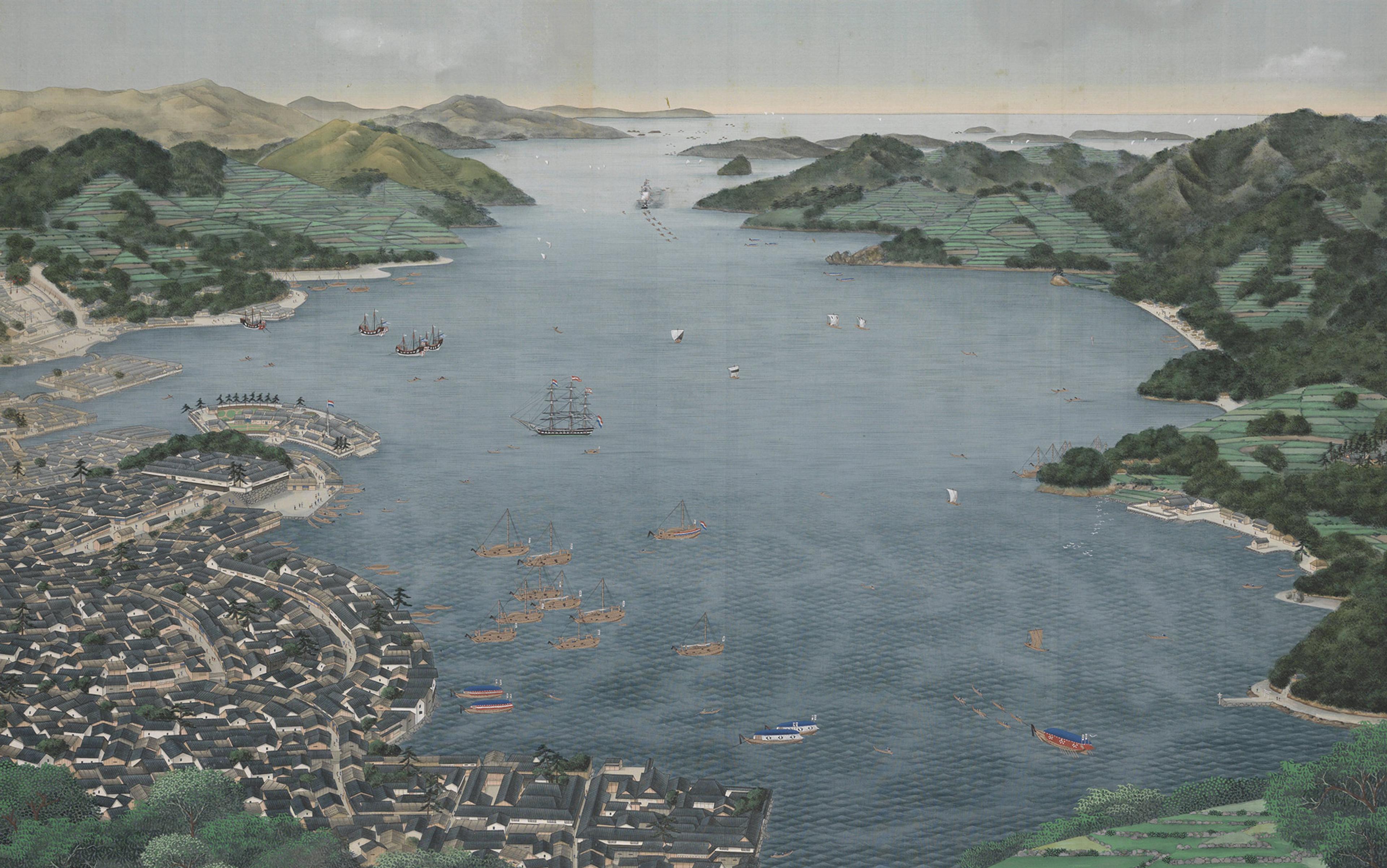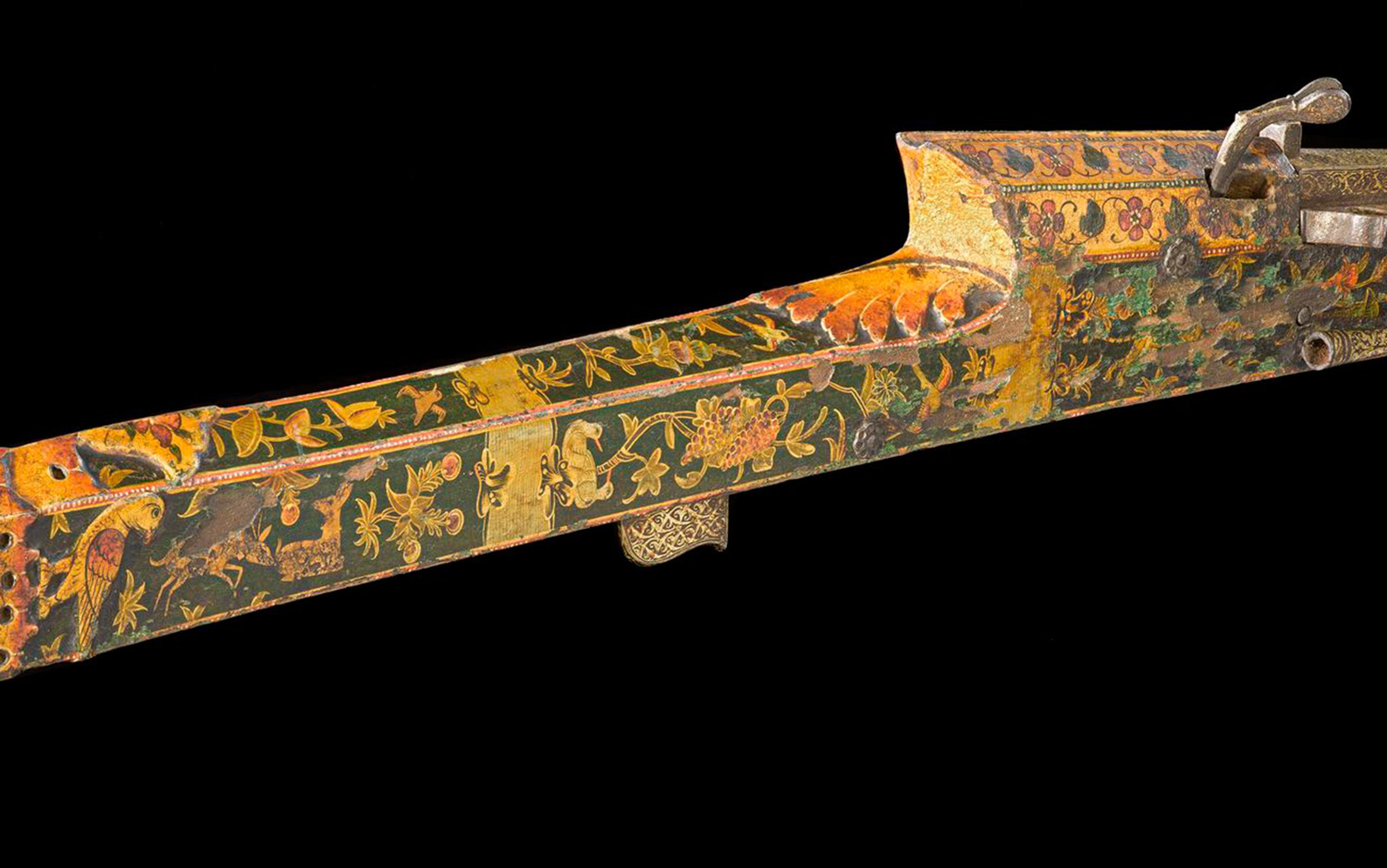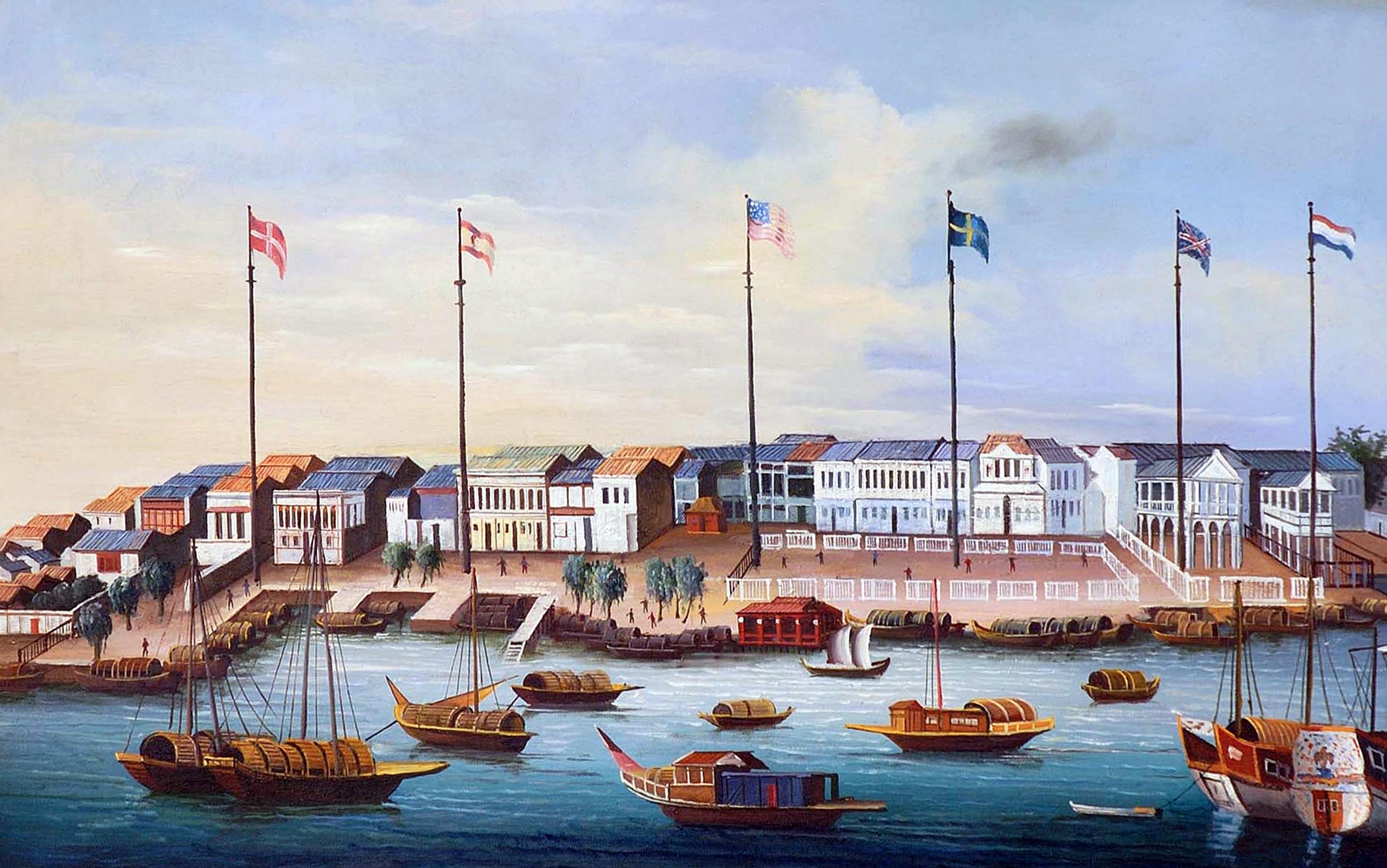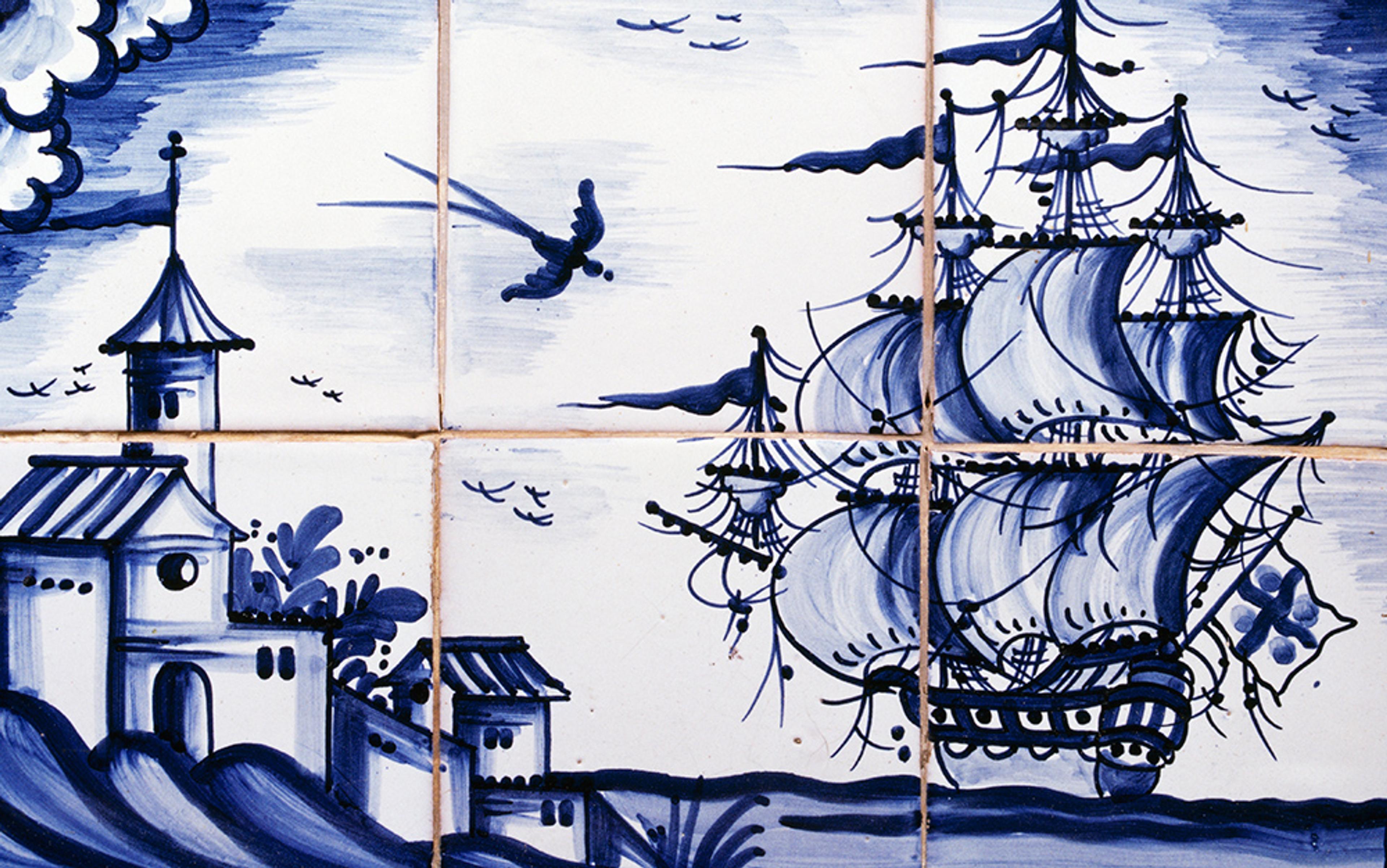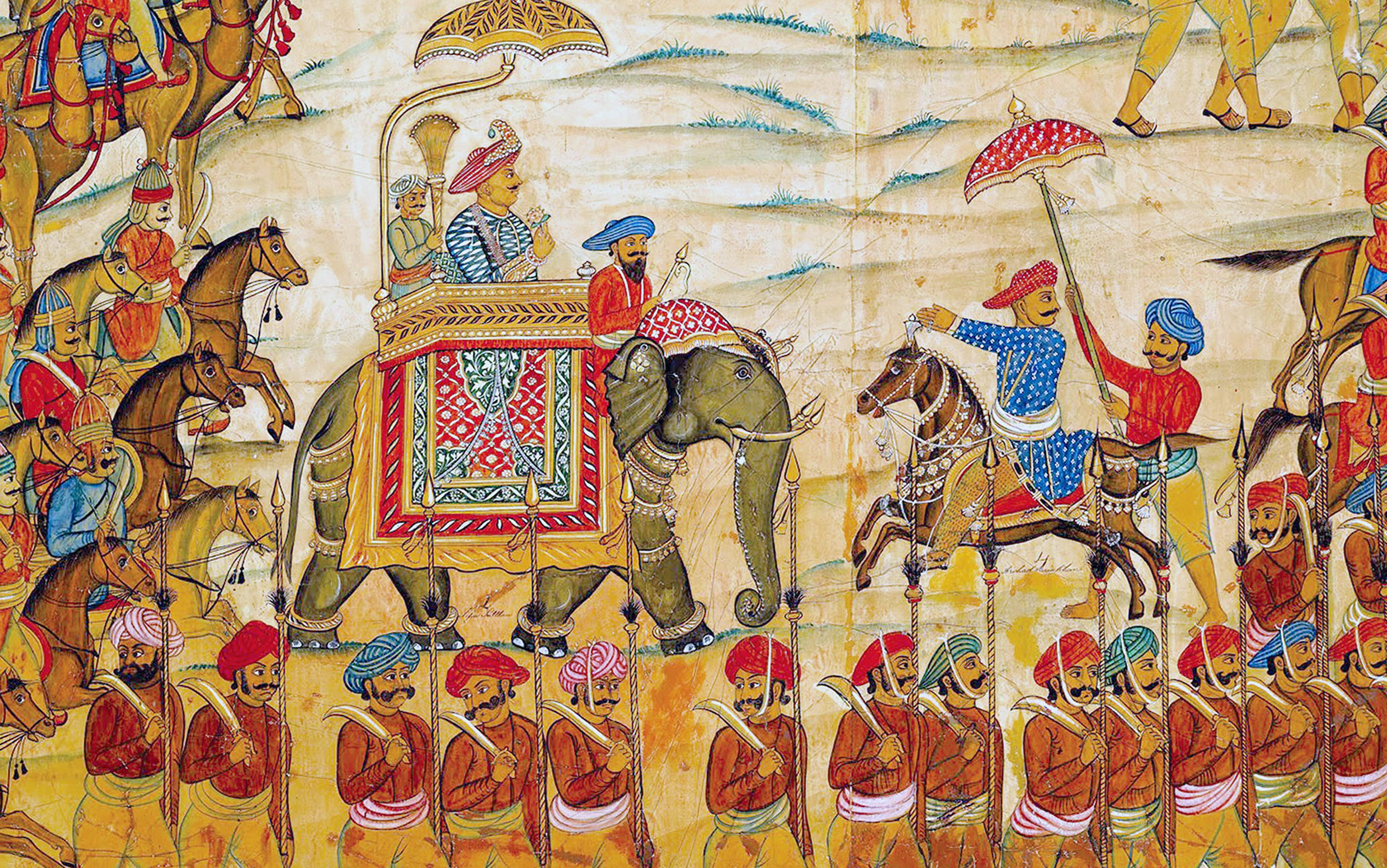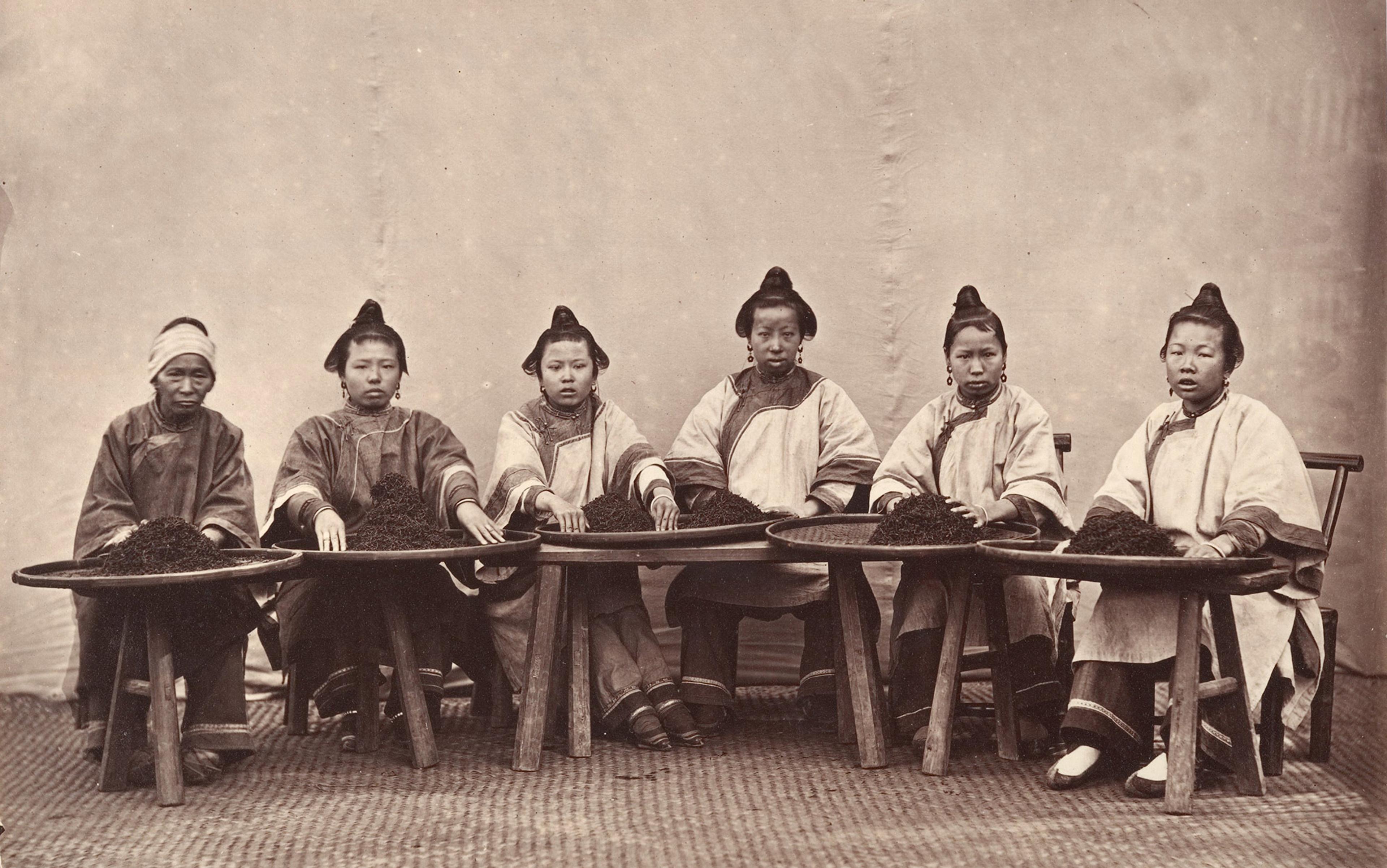Before the era of modern imperialism, when Europe dominated large parts of the world by deploying the newly acquired powers of industrialisation and nation-building, Europe had already established the seeds of its empire across the world. For a long time, the early modern rise of European colonial empires in Asia has been seen as a clear sign of precocious European superiority. Today, more signs than ever show that these empires were not a simple narrative of European expansion: they stemmed, just as much, from Asian agency. In other words, for most of history, Europeans have had a very different relationship with the peoples of Africa and Asia than simple domination.
The moment that Europe embarked on long-distance trade with Asia in 1498, when the Portuguese explorer Vasco da Gama landed at Calicut in India, a process started that would ultimately lead to large European colonial empires. More than three centuries later, these empires spanned the globe. It is easy to see what happened in Asia before 1800 in the light of what happened later, but conquest depended more on Asian circumstances than on European superiority. However, this can also stand in the way of understanding what might have actually happened in the past. It would be a mistake to equate European expansion in Asia with the relatively easy conquest by small groups of heavily armed Europeans of the Mayan, Aztec and Inca empires in the Americas, since Europeans were able to get a foothold in Asia only over centuries, and not until halfway through the 18th century.
Over the past 30 years, European commercial and military interaction with Asia before the impact of industrialisation has been cut to size in view of the enormous Asian contributions to both phenomena. The overall conclusion is that we should not exaggerate the European presence in Asia, due to several factors that held Europeans in check. For instance, diseases did not facilitate European conquests in Asia like they did when Europeans arrived in the Americas. Asia was part of the Old World and had a similar disease environment to Europe. At the same time, calculations of the numbers of Europeans who made the voyage to the East in the 17th and 18th centuries have brought back the European presence to its true proportions, certainly when we take into account the high degree of mortality of the few Europeans who did go to Asia. The flotillas and fortresses armed with canons gave Europeans an edge at sea and at trading hubs but, on land, their naval advantages were non-existent.
The perceived gap between Europe and Asia has also been bridged in other ways. The simple fact is that Europeans hardly made any military headway against the larger East Asian empires (China, Japan). In other areas such as Southeast Asia, they controlled some little enclaves – port-cities, small islands or fortresses on the coast – but had little influence inland. In India, Europeans were able to assert their influence over the former Mughal empire only in the second half of the 18th century. More recently, new debates on the Great Divergence between Europe and the rest have argued that there existed only minor differences in economic development between the most advanced parts of Asia and Europe on the eve of the Industrial Revolution.
These new viewpoints have led to a re-evaluation of Asia’s ability to resist Europe’s impositions, and of its role in enabling commercial and territorial empire. However, this new approach also causes challenges. The simple idea of Europeans naturally being able to impose themselves on Asians militarily has made way for a highly diffuse image of European empire-building and of failure to do so. Empire in Asia depended on the local circumstances in which Europeans arrived. These circumstances in turn might stimulate, but could also deter, European interference in local affairs.
This development has been amplified beyond national histories of empire-building as stories outside the main centres of later European colonial empire have been explored. Instead of stories of national success in empire-building, this gave more room to the many failed attempts. Slowly, the idea is also settling in that maybe we should not see European empire-building in this period as stemming only from alleged European superiority, but just as much from Asian dynamics. In the disease-ridden environment and with the military technology at hand, the few Europeans who went to Asia held little power to impose themselves. Without the collaboration of Asians, they would have certainly failed both in commerce and in building their empires.
Certain Asian societies were more vulnerable to manipulation than others. Europeans in Asia were always ready to exploit social conflicts and divisions, while also negotiating with Asians on interventions. This collaboration took advantage of developments in local societies: the Europeans made alliances with Asian rulers, enlisted the help of people of mixed Eurasian descent, and enrolled Asian soldiers in their fights. A comparative approach, looking at different empires, notably the Dutch, but also the French and English, allows a better grasp of the extent, and especially the limits, of European expansion in Asia in this period. I will compare several regions where interactions between Asians and Europeans had different outcomes, starting with the Banda Islands, a case that illustrates how long-held beliefs on European expansion are changing. Then I will turn to other spice islands where it was much harder to impose European dominance. Finally, I will focus on the large gunpowder empires, showing that only in the case of internal division at the end of the 18th century were Europeans able to breach their defences, meaning that European intrusion had to wait far into the 19th century.
The belief that Europeans arrived in Asia as conquerors has been formed by a few relatively isolated incidents. One of the most famous is the slaughter of several populations on the Banda Islands at the hands of the Dutch East India Company, but our view even of this event is changing too.
In 1621, Jan Pieterszoon Coen, the governor-general of the Dutch East India Company (VOC), led a heavily armed fleet of 2,000 soldiers to the Banda Islands (in present-day Indonesia). Just as other Europeans before and since, Coen was after trade in the extremely profitable spices nutmeg and mace, and the Banda Islands were the sole place with abundant supplies of these spices. Unfortunately for Coen, he had been denied full and exclusive access to these goods by the Bandanese Orang Kaya (literally, ‘rich men’), who were in control of spice production and trade. But Coen felt he was entitled to more, and pointed to several earlier treaties he had signed with the Orang Kaya.
What followed was a clash that spiralled out of control, during which Coen, according to his own probably far-too-low estimate, put 2,500 Bandanese to the sword. It is no longer challenged that he probably killed 10 times as many. He exiled 3,000 others, while several islands that had been depopulated were supplied with slaves and labourers from other parts of the Indonesian Archipelago. These people, with the help of the expertise of a few Bandanese prisoners, started working on the nutmeg and mace plantations that the VOC had set up after their conquest. Coen had brought superior naval power, which had given him the win. The VOC was the first to claim control of production in Asia – a very rare case before the 19th century.
When the history of the Dutch arrival on the Banda Islands is described in this manner, it clearly resembles the history of the native people of the Americas and their first contacts with the Spanish conquistadores. It has also been claimed that, in the case of the European expansion into Asia, unlike the story of the Amerindians, the story of the Bandanese is the exception to the rule. Geographically, the Banda Islands were quite different from the Americas, as this small group of islands was isolated and easy to cut off from outside supplies. The islands could sustain only a limited number of people specialised in the profitable production of nutmeg and mace.
The Orang Kaya would acknowledge the Dutch, if the Dutch would not interfere with their way of life
The combination of a relatively small population dependant on imported food made the islanders vulnerable to outside military and political pressure. They had their strategy in dealing with external threats, as they were familiar with outsiders arriving on their shores in search of spices. No wonder that the Orang Kaya’s survival plan aimed at playing out outsiders and, in case that failed, negotiating surrender on their own terms. The Bandanese were Muslims, which means that outside influence by Arabian merchants had preceded the Portuguese and other Europeans’ arrival, indicating that they had applied similar strategies even before the Europeans came to their shores. It also made them quite successful against the Portuguese, who had arrived a century before the Dutch. This strategy had forced the Portuguese to retreat to distant islands in order to try to control trade from there.
To appease Coen, the Orang Kaya in their first contact with the VOC had offered a little nutmeg tree in soil, symbolising some form of submission to the Dutch or at least as an opening for cooperation. They probably scorned the violent ways of the Portuguese, and saw a possibility to improve their position with Dutch military help. This was, however, not a simple handover to the mercy of the Dutch. The Orang Kaya clearly stipulated that they would acknowledge the Dutch, if the Dutch would not interfere with their way of life and leave their women alone. The problem was that the Dutch did not keep their end of the bargain beyond their fight with the Portuguese. Especially as the VOC was unable to provide the necessary food to the Bandanese, they in turn did not feel bound to their agreement to sell all their spices at low prices to the Dutch as this meant that their people would starve. What really made Coen desperate and pushed him over the edge was the arrival of English competitors who were welcomed in a similar way as the VOC.
When a fleet of the English East India Company arrived on one of the smaller islands, the same ceremony that had greeted the VOC repeated itself. For the VOC, this was unacceptable, as it meant the company would no longer control the trade in nutmeg and mace. Coen took the decision to bring production on the largest islands under control of the VOC and to exterminate the trees on all islands not under its control. He felt he had to impose a VOC monopoly, to which he saw himself as contractually entitled. This lead to war with the Orang Kaya, and the slaughter of a large number of the population as well as the expulsion of the English from the island of Pulo Run. Even his superiors in the Dutch Republic deplored Coen’s decision but, once made, it was impossible to turn back.
The Dutch East India Company has always been known as the East India company most able to impose its will on Asians before the 1750s, especially in the spice trade. New views of their monopoly clearly show that they were also dependent on Asians cooperating. In turn, if Asians lost the will to cooperate, these monopolies were not tenable.
In the clove-producing areas on Ambon – one of the Moluccan Islands to the north of the Banda Islands – the dynamic was different, and gives an interesting insight into how cooperation played out elsewhere. Ambon and the surrounding islands were rich in cloves, another valuable spice. However, they were much less isolated and more contested by indigenous rulers and Europeans alike. In this setting, certain independent local chieftains simply chose (or not) the side of the Dutch East India Company. For instance, the sultan of Ternate, who controlled part of the clove-producing areas in the northern Moluccas, felt the pressure of the Spanish in Manilla, the Portuguese and the nearby indigenous trading port-city of Makassar. When the alliances of the Dutch and the sultan of Ternate ousted the Portuguese, the Spaniards in 1606 stepped in by conquering the northern part of Ternate itself until 1663.
Such political strife proved to be positive for the VOC’s ambition to dominate the clove market. In order to secure the support of the VOC against the Spanish and the Portuguese, the sultan of Ternate kept an eye to a strict fulfilment of the VOC’s spice contracts. This meant that, as long as there were tensions, the VOC was assured of a monopsony on this spice, in theory largely enforced by a local ruler. The VOC also made use of local Christians as well as the sultan’s subjects, who operated the fleet of local rowing boats (hongi) that was essential for offensive warfare.
They had to send an embassy bearing gifts to the king to obtain the right to peel cinnamon in his territories
Unfortunately, at first the sultan’s subjects didn’t always agree with the monopsony of the VOC. It paid only a low price in silver, meanwhile, through contacts with other European and Asian merchants, the local producers could obtain a higher price plus what they really cherished: rice, Indian cloth and other goods. Bargaining over these contracts continued throughout the VOC’s existence, although conflicts alternated with compliance depending on the political situation. These were not so much conflicts between the VOC and the rest, but rather different local groups taking different sides or problems of successions. The VOC had to play along as it was impossible for it to defeat any of these local powers completely. It was only over time that the VOC, with the help of the indigenous chiefs, was able to put a stranglehold on the cloves trade.
In Ceylon (present-day Sri Lanka), the VOC for a long time had a strange intermediate position in relation to the local ruler. At the arrival of Joris Spilbergen in 1602, it teamed up with the island’s last remaining indigenous ruler, the king of Kandy, to evict the Portuguese. Together, they succeeded in dislodging them, but it proved impossible to agree on a peace treaty that would form the basis for a Ceylon without the Portuguese. The VOC did not fully occupy the Portuguese-controlled lands, but handed over some to the King to give him his share of the victory. In turn, the VOC still considered that the King should pay off the war debt he had built up with the VOC, and that, until it was fully repaid, the VOC had a right to maintain its military presence on the island at the expense of the king.
The VOC argued that a monopoly on trade with the island, especially in cinnamon of which Ceylon was the main production site in Asia, would allow for repayment of the costs incurred. As the treaty was not signed, a situation evolved where the VOC controlled most of the formerly Portuguese areas where it peeled cinnamon. As this cinnamon did not meet demand, the VOC also eyed cinnamon in the areas under the king’s control. Every year, they had to send an embassy bearing gifts to the king to obtain the right to peel cinnamon in his territories. Although this was perceived as an act of submission to the king’s authority, the VOC directors thought it best to give in. Doing so guaranteed the cinnamon monopoly at the lowest possible cost and with the highest possible profit.
Unfortunately for the VOC, the Asians became less and less willing to cooperate in the cinnamon monopoly, and also in the VOC’s pepper trade. As the Asians looked for other buyers, it eroded the profitability of the company itself.
The relatively strong investment of Europeans in the spice islands must be contrasted with regions where the East India companies had little to say. There was in fact good reason why they had little power in the areas where local societies simply kept the upper hand over the Europeans. These larger empires, in contrast to the smaller spice islands, had access to gunpowder technology, were well-organised, and each of them commanded populations equal to or larger than the whole of Europe.
In Japan, the Shogun (ruler) was firmly in the saddle, and had decided to evict all Europeans, except for the VOC. The Shogun continued this policy of closed borders for Westerners until 1853. For its trade, the VOC had to accept that the Japanese authorities determined the conditions of exchange. The employees were physically constrained to an artificial island in the harbour of Nagasaki, while their interactions with Japanese people were limited to the essential.
Politically, the VOC held a subordinate position to the Japanese and were summoned to the court at Edo every year. Such embassies bearing expensive gifts clearly indicate that the Shogun considered the VOC subordinate. Trade was allowed only in return for gifts, signifying a tributary relationship. Over time, the Japanese were less inclined to exchange goods for their silver, pushing the balance of trade in their own favour. The VOC saw no other way than to accept, for fear it would lose access to highly advantageous trade.
China was another Asian empire that opened its borders to Europeans only on its own conditions. Due to internal strife, the Ming and Qing dynasties had kept the Chinese borders closed to Europeans until 1713. With its fleets beaten two times by China, the VOC aimed its arrows at the island of Formosa (present-day Taiwan), initially with success. With the help of Chinese labourers, who started the island’s sugar plantations to supply the VOC with sugar for the Chinese market, the VOC began colonising the island’s valleys. However, the Ming fleet, who were embroiled in a life-and-death struggle with the future Qing dynasty on mainland China, searched for a new maritime base on Formosa. As the Chinese labourers turned against the VOC, and together with the army brought by the Ming, the fortress was besieged until the VOC left the island.
In India, the decline of the Mughal empire after the death of the emperor Aurangzeb and political strife between local rulers offered opportunities for European empire-building, which the English East India and the French East India companies tried to seize. The problem they faced was that they didn’t have enough European soldiers to fight their wars as allies to Indian rulers. Fortunately, India had a large military labour market and low costs, as wages were lower due to cheap food prices. The French seized the opportunity to take in Indian soldiers, arm and train them in the European fashion. In this manner, they had even more soldiers from India than they could have afforded from Europe.
For a while, these Indian soldiers gave the French an edge over the English on the Coromandel Coast, and they even managed to besiege and conquer the English headquarters in Madras. However, the English East India Company was quick to emulate the practices of the French. They aligned themselves to Indian rulers, ousting those not to their liking and setting in motion the British conquest of Bengal in 1757. Without the help of Indian rulers and soldiers, this would not have been possible.
